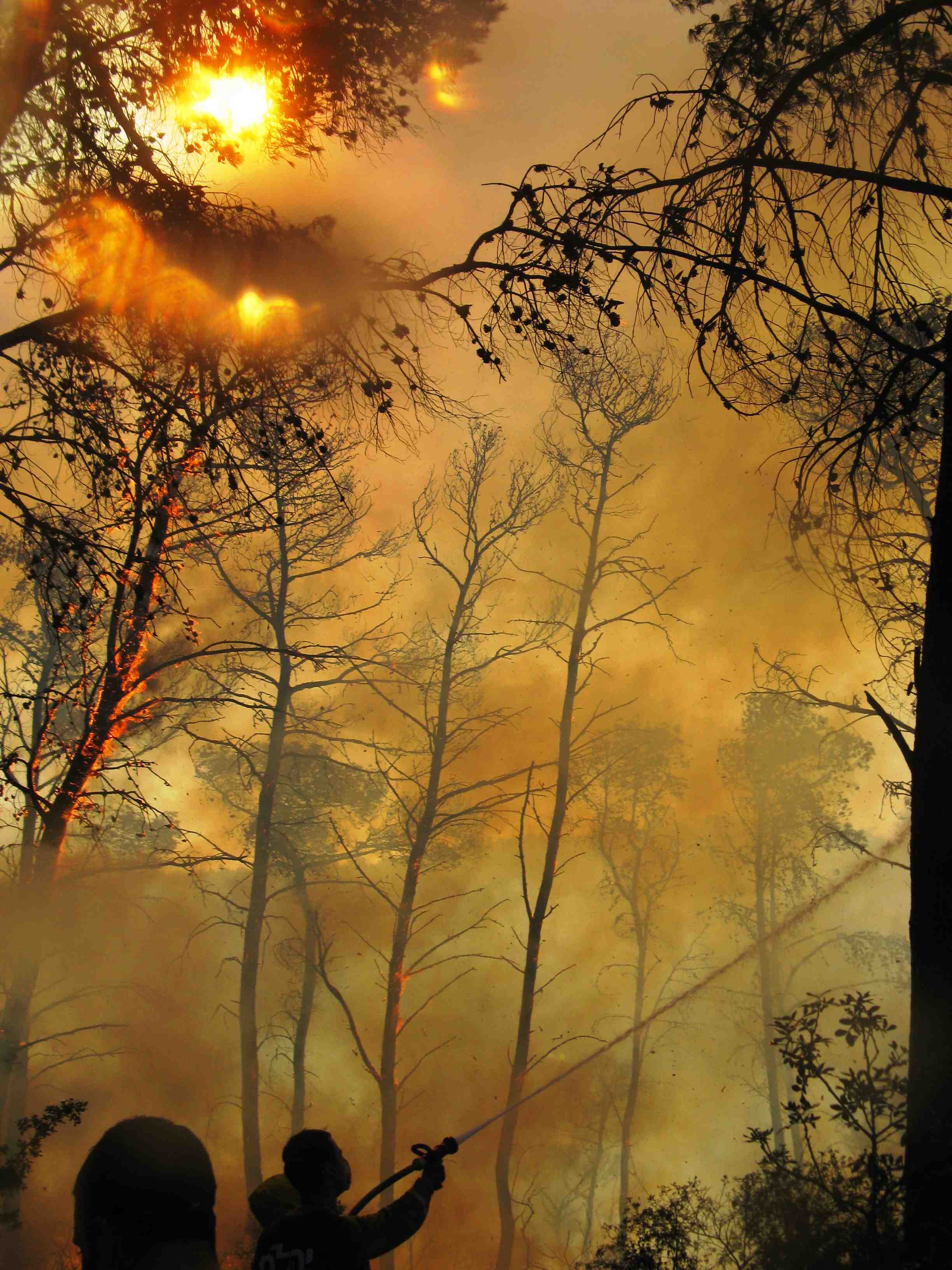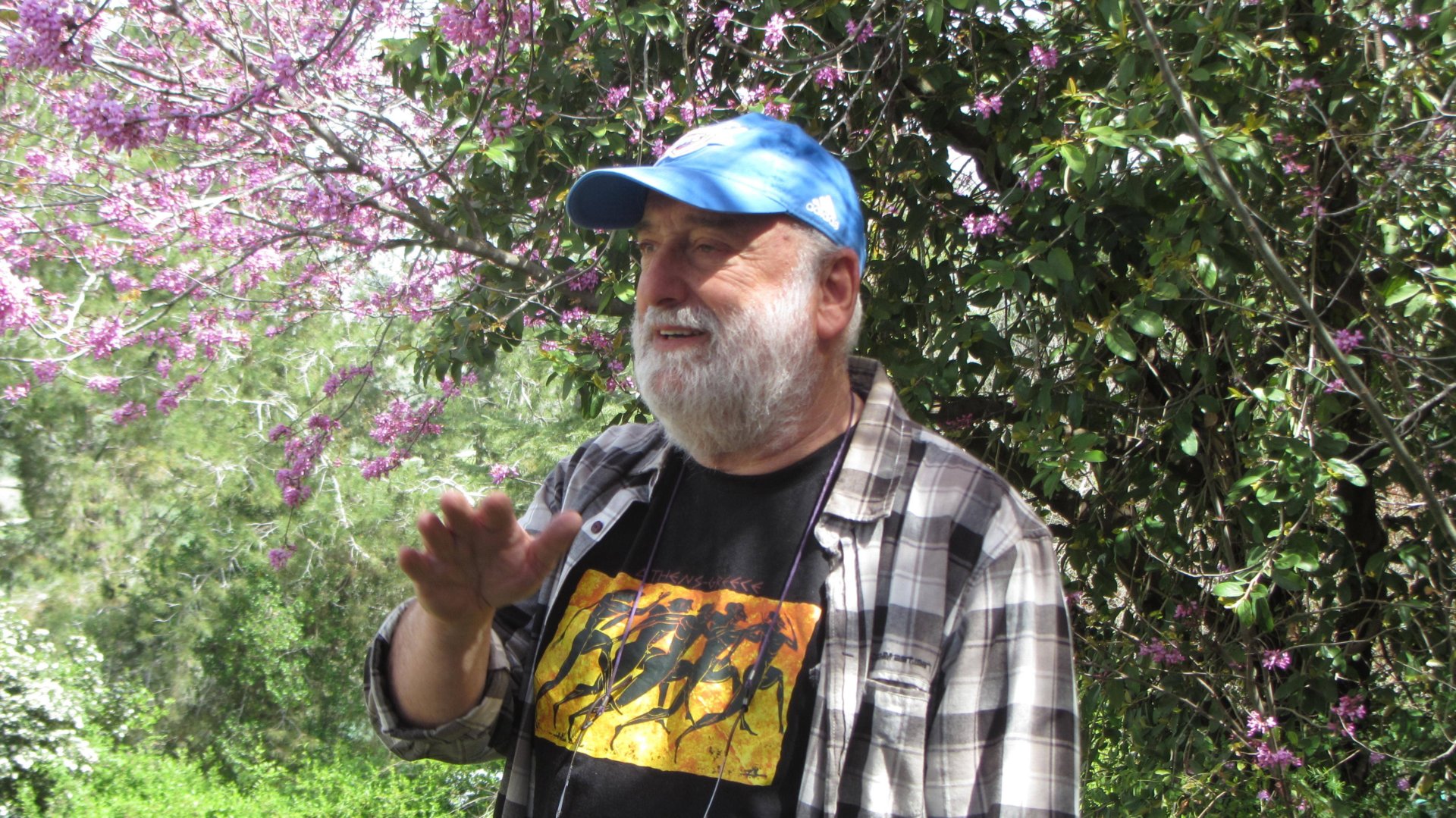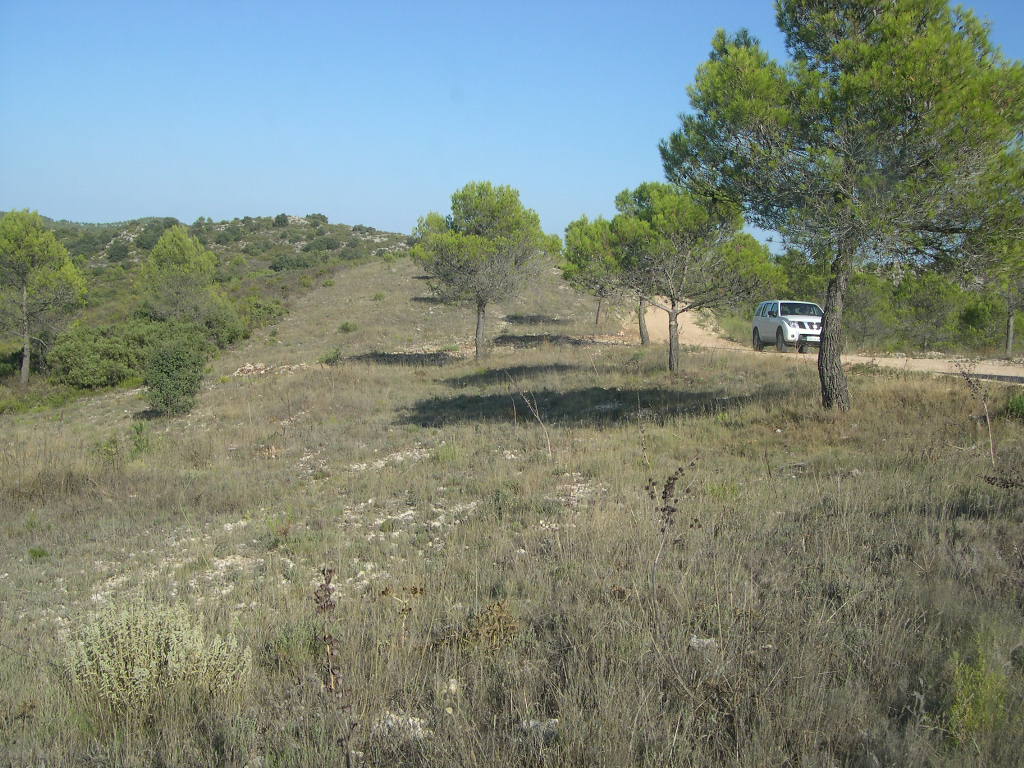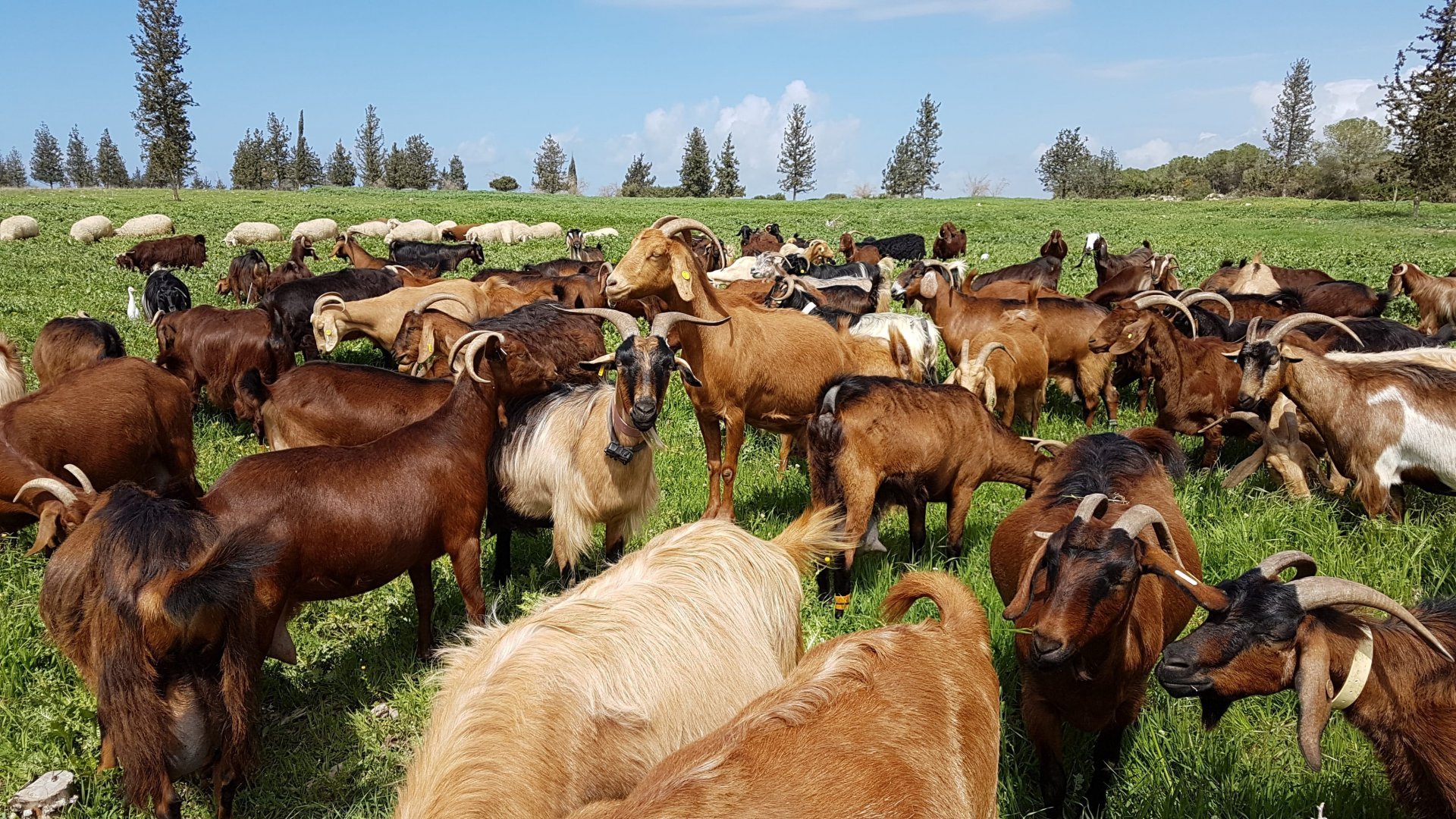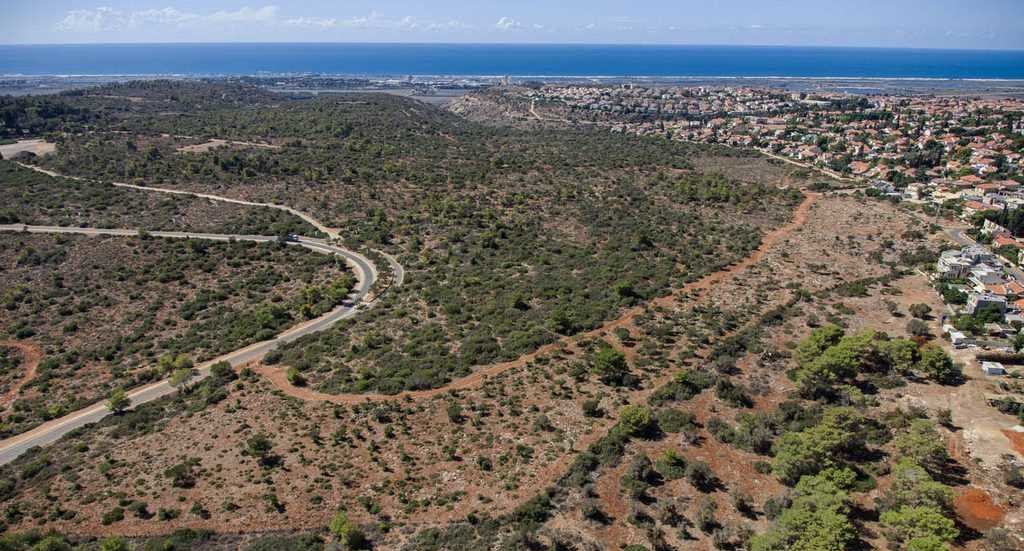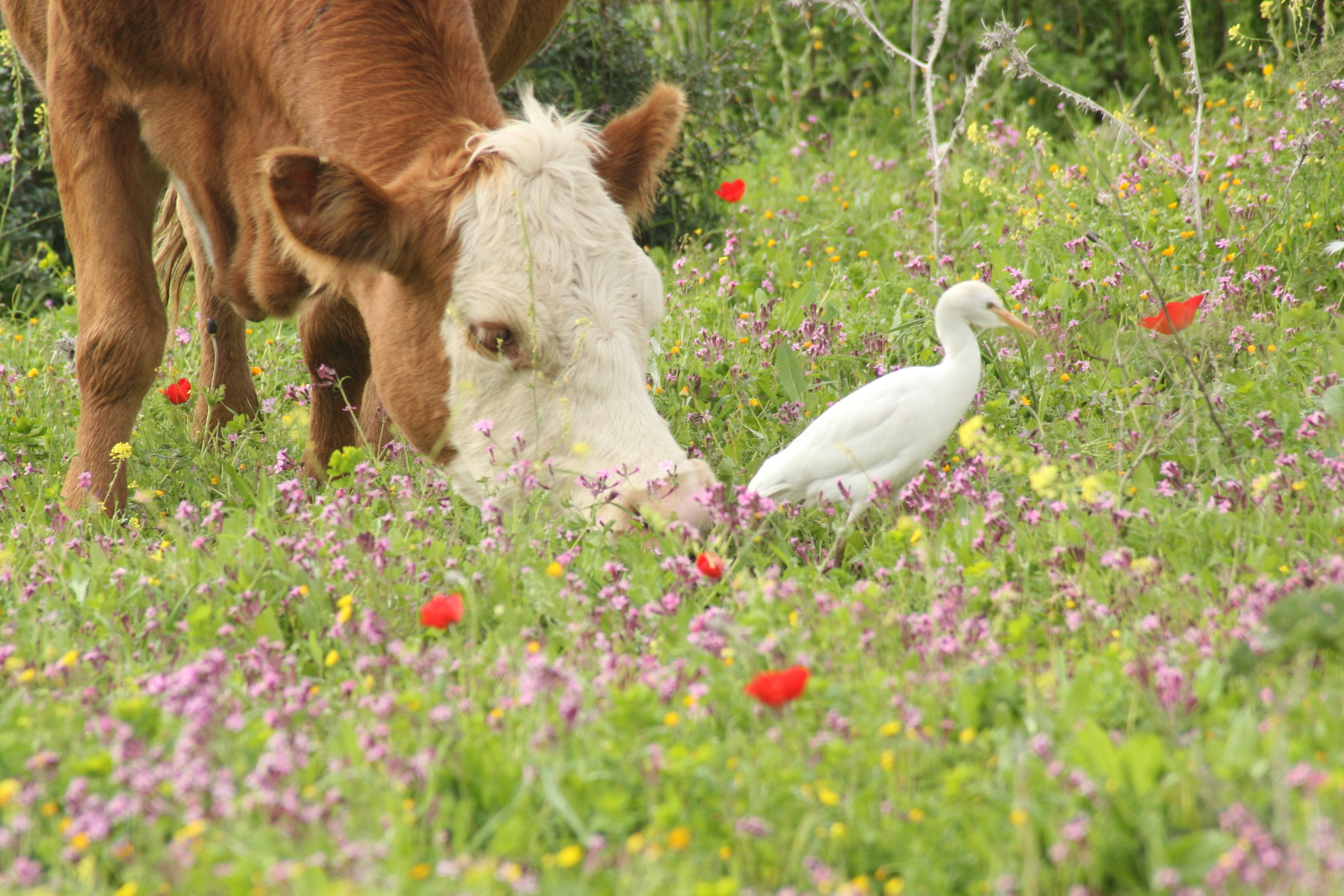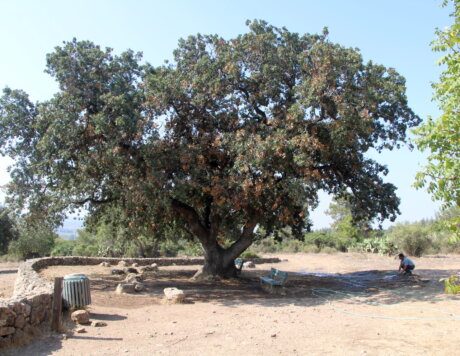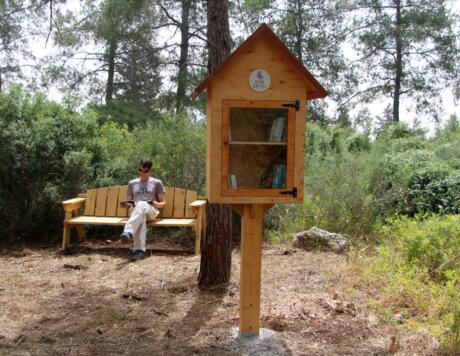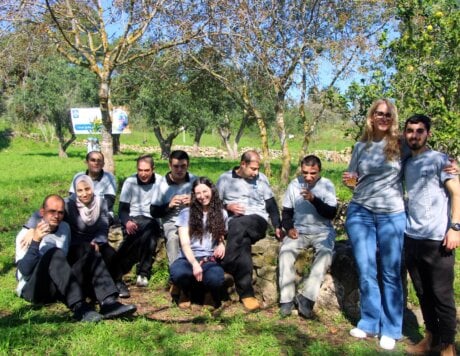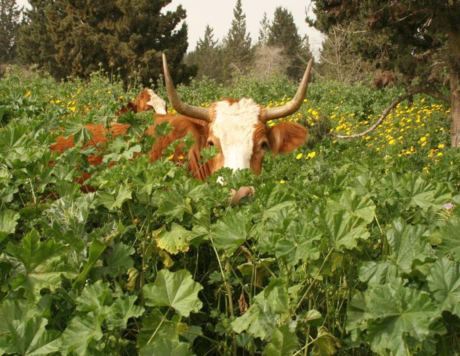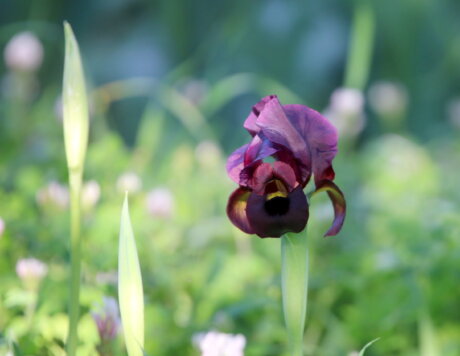At the height of the 1980s, when Avi Perevolostky was appointed deputy director of the Society for Protection of Nature in Israel (SPNI), he began examining the material left by his predecessors and came across a plan he found very interesting: conversion of the natural areas of Ramat Hanadiv into a managed nature park that would preserve and nurture the landscape and cultural heritage assets of the site and be open for public use. As a newly-graduated PhD, he was mainly interested in the fact that the park’s development would be accompanied by ecological research.
The plan was written as a collaboration between SPNI and Ramat Hanadiv, which at that time, maintained meticulous gardens surrounded by about 500 hectares of unfamiliar nature. Besides a nature and landscape survey that was performed here in the early 1980s, including mapping of the wadi vegetation, hardly anyone had visited the site, to the point that the extent and damage caused by the great fire that passed through in 1980 were still unknown.
Avi, who asked to lead the plan on behalf of SPNI, had heard about the fire, which had originated in a chicken coop at the nearby Kibbutz Ma’ayan Tzvi. ‘No-one could tell me exactly what was burnt and where’, he relates, ‘because in general, there was no practice of collecting knowledge about fires in the 1980s. The firefighting services extinguished the fires and left, and that was the end of it, more or less’.
We only see the signs when we search for them
A special committee was established to discuss the significance of establishing the nature park. Besides Avi, its members included the then director of the Rothschild Foundation, Arthur Fried, the directors of Hanadiv Gardens, the director of SPNI, Yoav Sagie, the archaeologist, Yizhar Hirschfeld, the forester, Gabi Schiller, from the Volcani Center, and the landscape architect, Shmulik Bormil.


